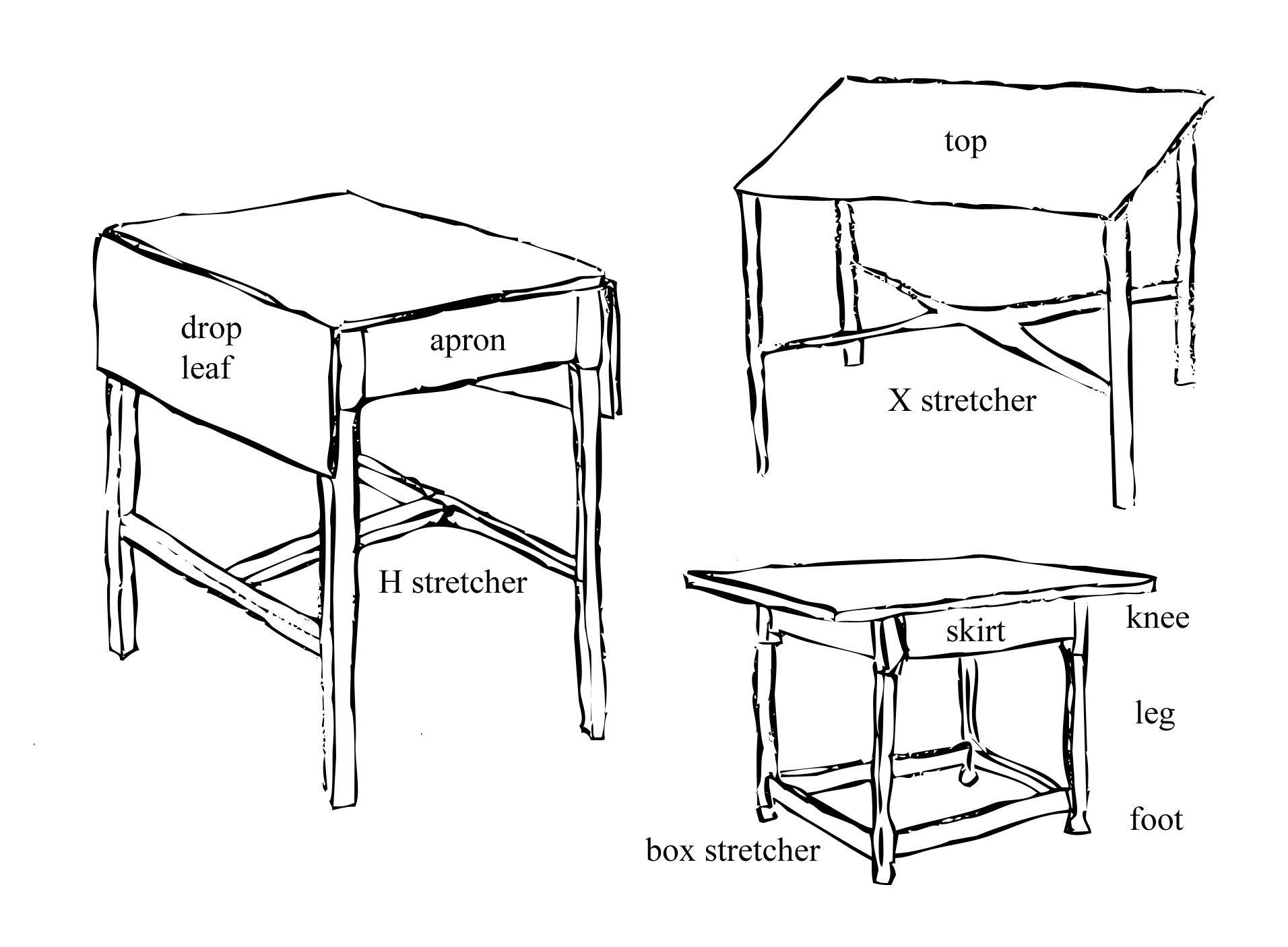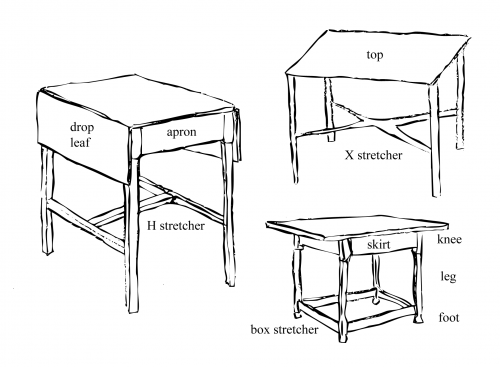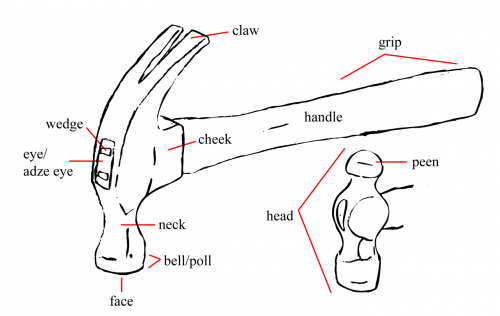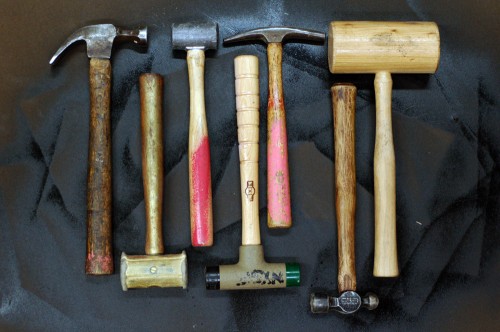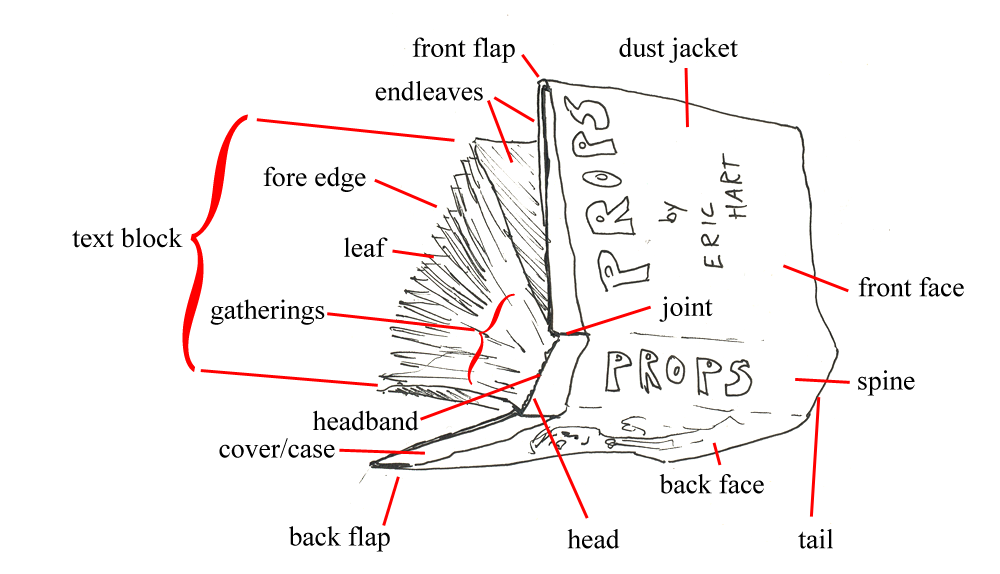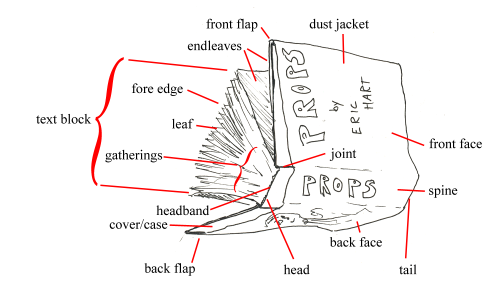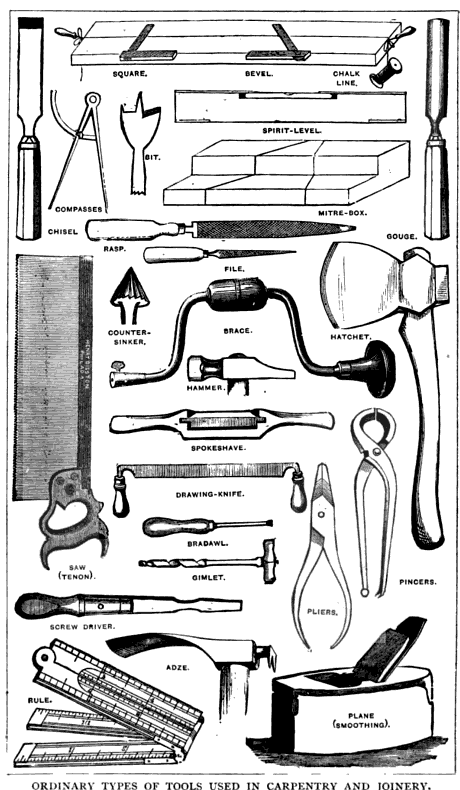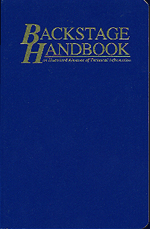
I feel almost silly reviewing the Backstage Handbook: An Illustrated Almanac of Technical Information by Paul Carter and George Chiang; it is already so well-known and ubiquitous in the theatre world, I don’t know that I have anything to add. Nonetheless, every time I pick it up, it’s like I’m rediscovering how much useful information it has in it for the props professional. If you haven’t gotten this book because you think it’s aimed solely at the carpenter, electrician, stagehand or stage manager, think again.
Inside, you can find illustrations differentiating the type of moulding we use, parts of a window and wood joints. You can find lists and illustrations of the common hand and power tools you would find in a prop shop, as well as all the hardware and fasteners you will come across. It also includes definitions and descriptions of the various fabrics at our disposal, the multitude of adhesives we use (along with their ingredients) and the different types of rope and cord you can choose from. Along the way, you can also learn how to tie the most common types of theatre knots, how to draw a variety of geometric shapes (like pentagons and hexagons) and how to build a flat. Of course, you can also find all sorts of general theatre knowledge, such as the parts of a stage and the types of curtains we use.
So really, this isn’t much of a review; it’s more of a reminder that if you work in technical theatre (or film for that matter), you should own this book. Case closed.

